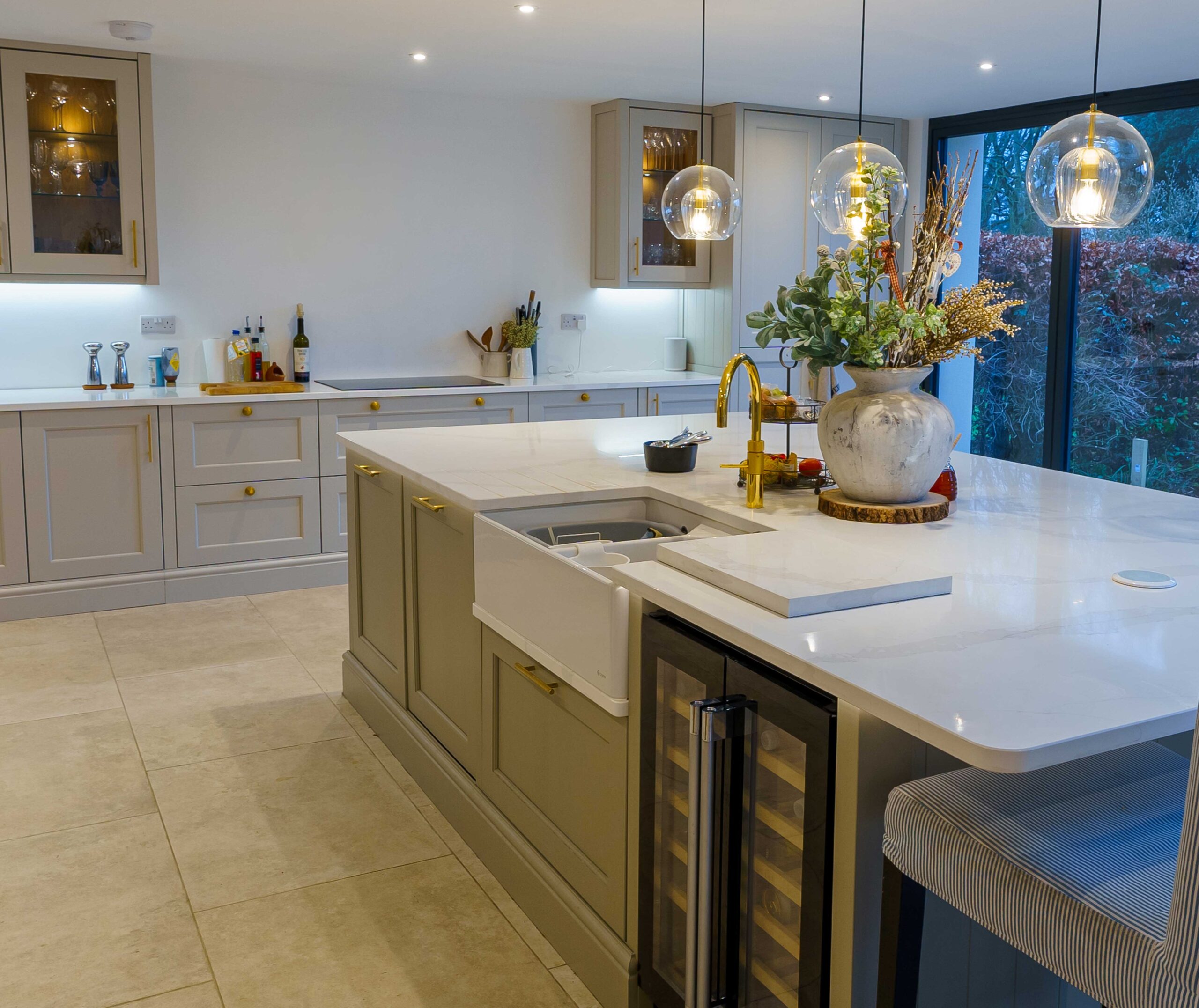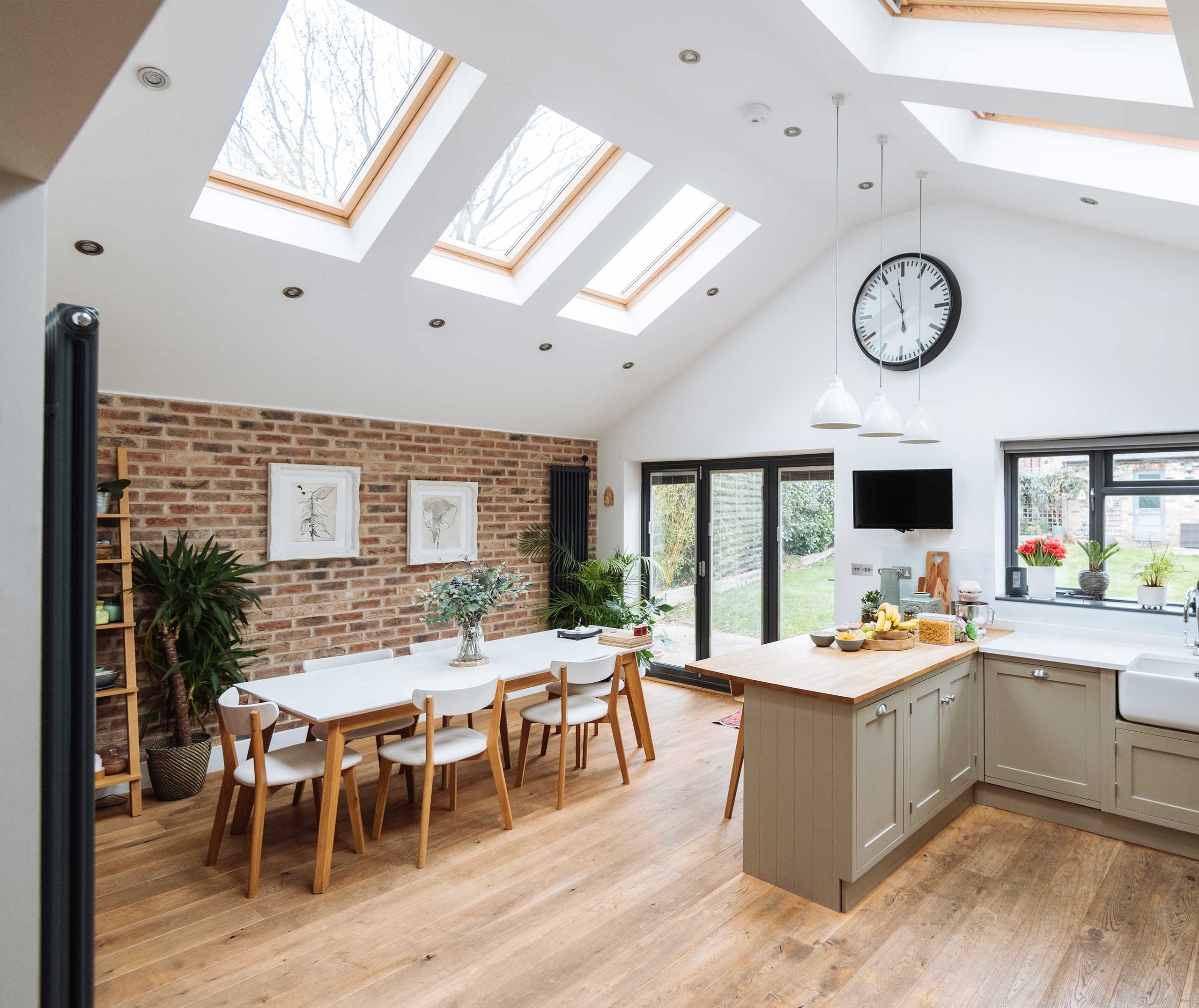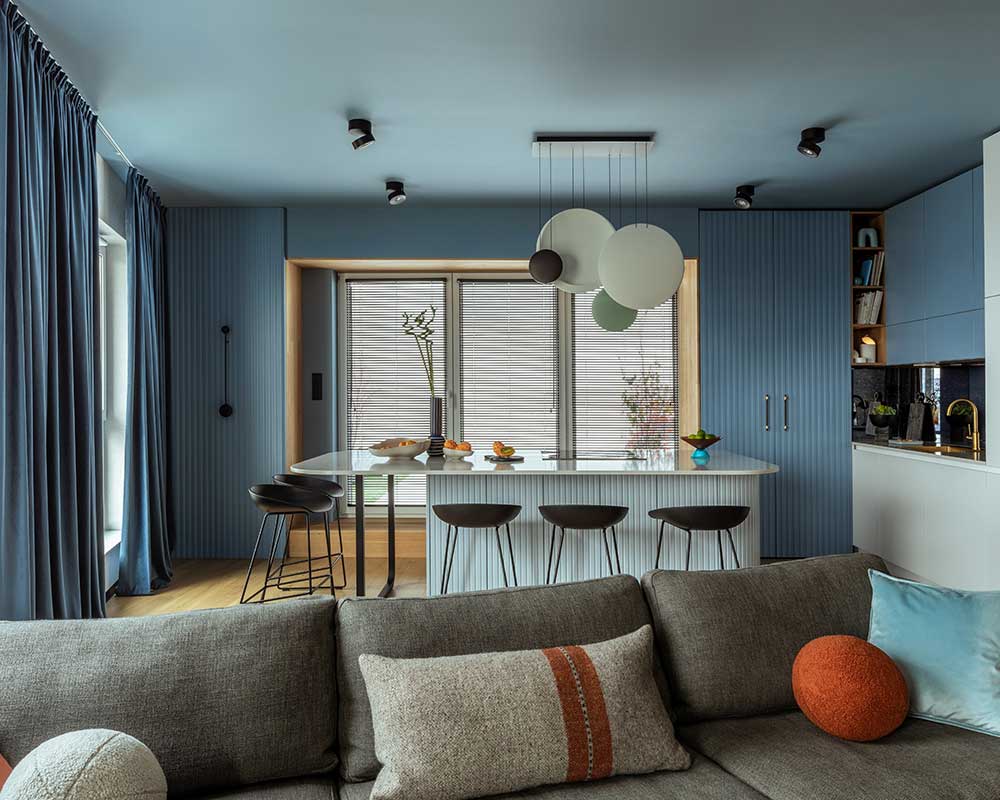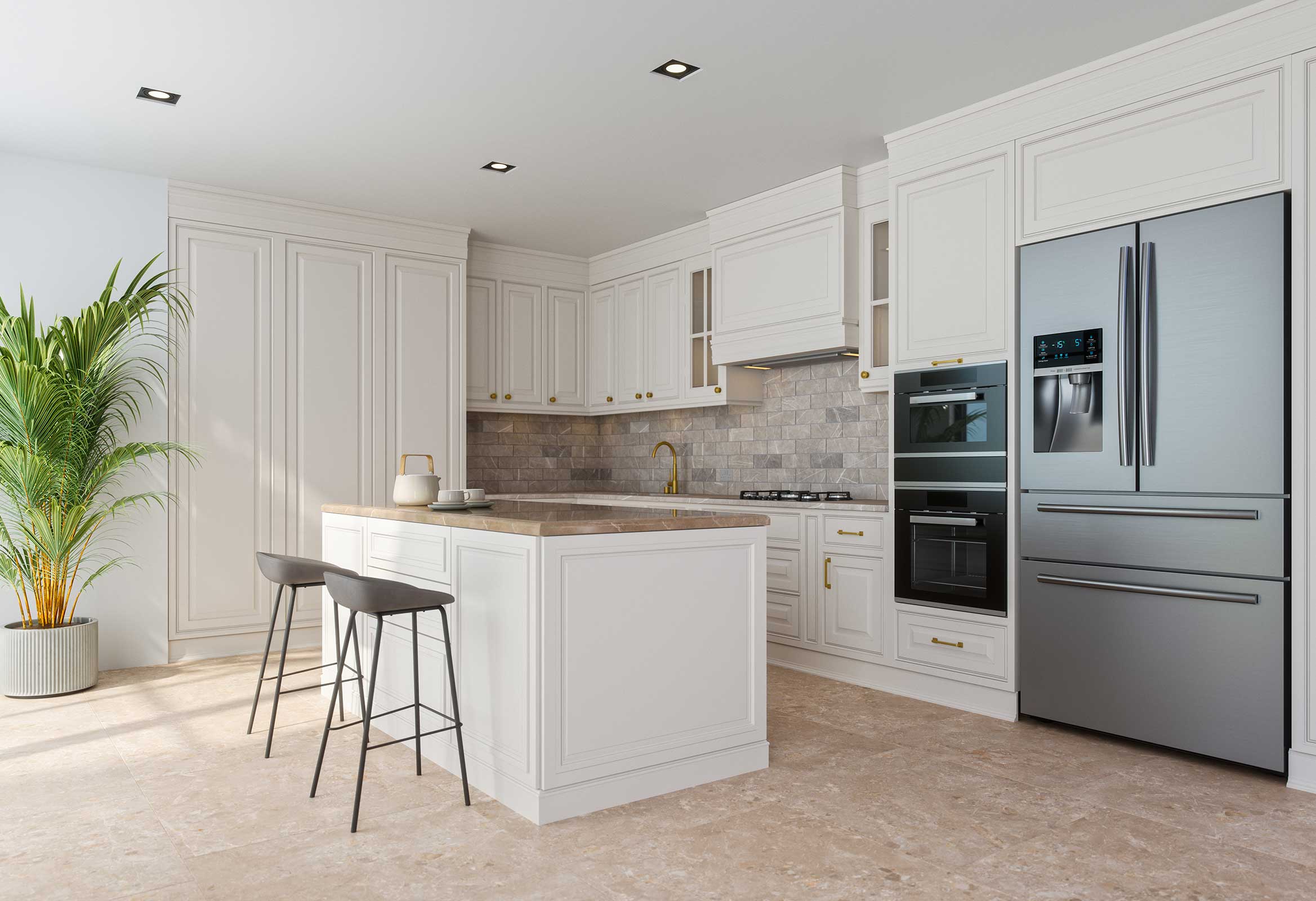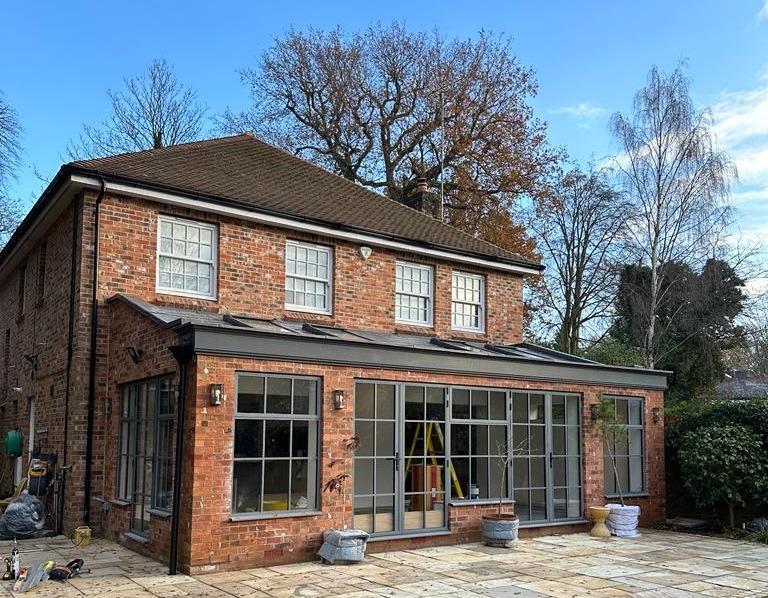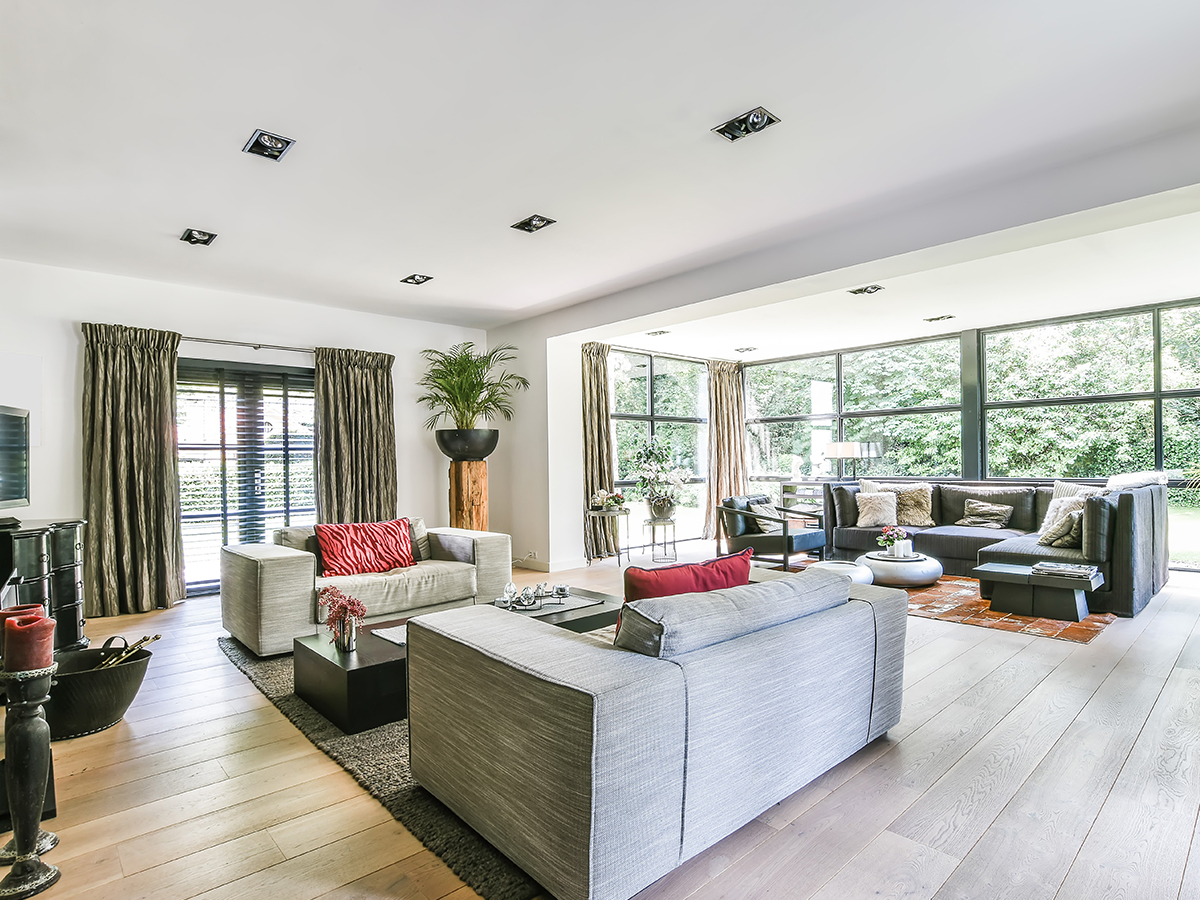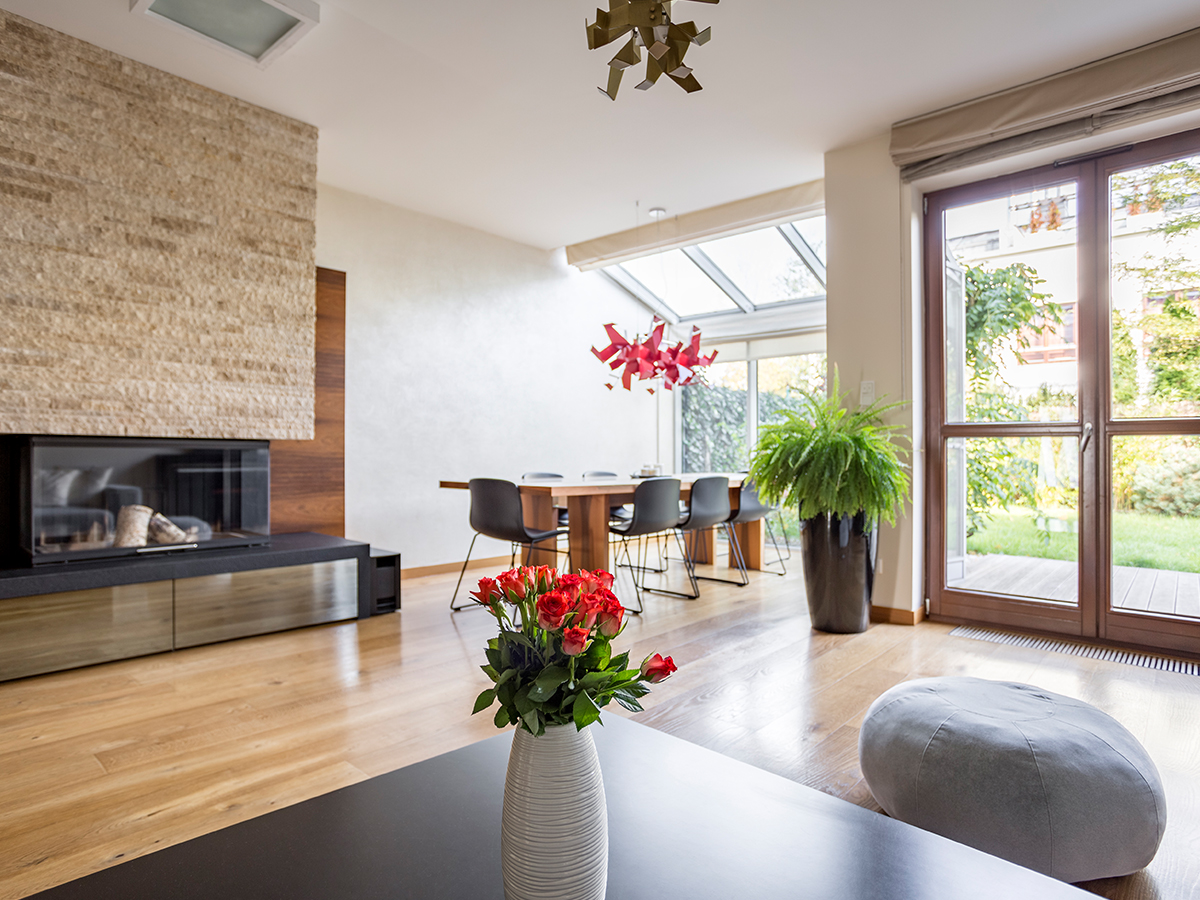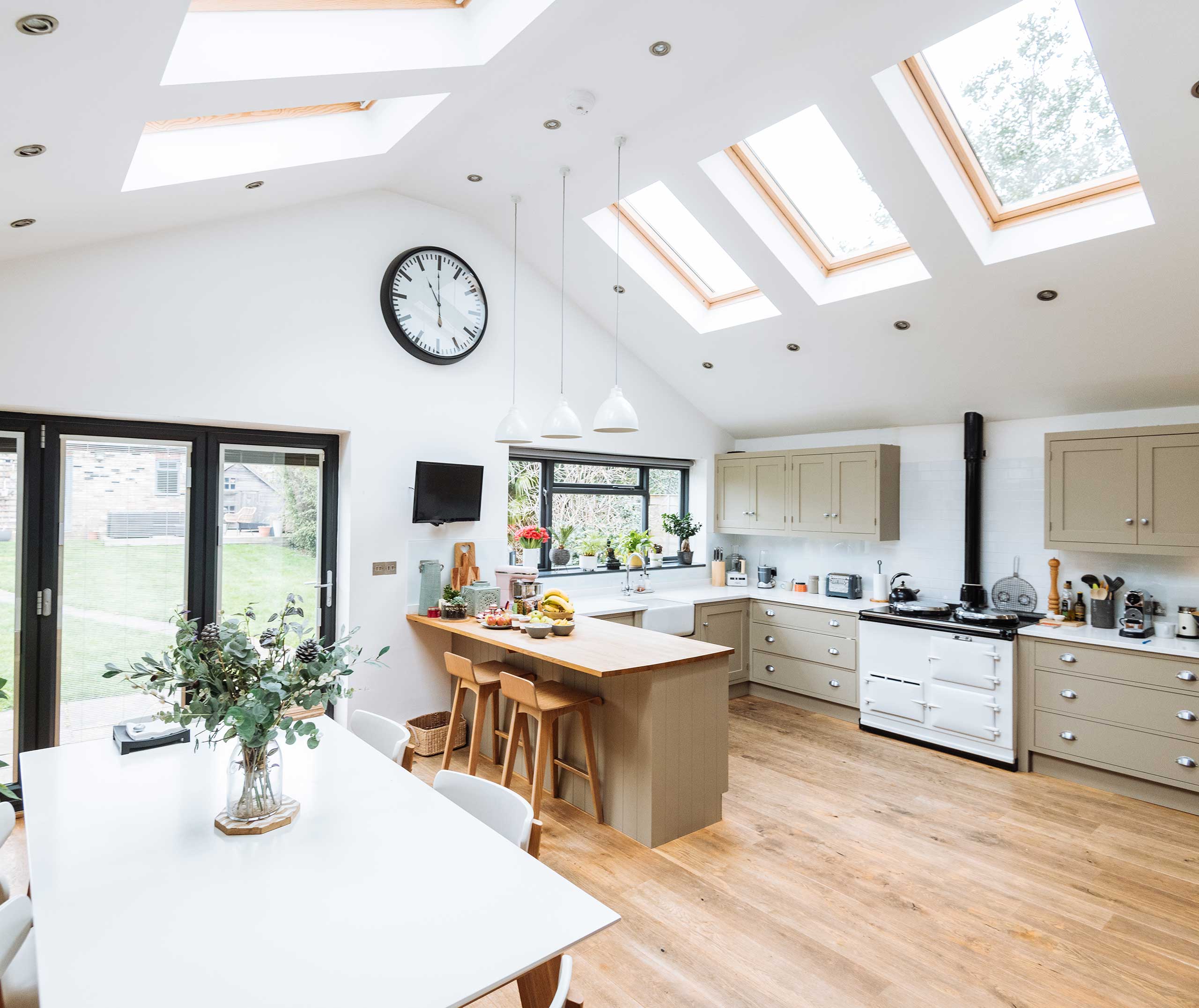Gone are the days of a fixed ‘indicative fee structure’ for architect services due to anti-competitive behaviour legislation. Professional institutes had to abolish fee scales, favouring a negotiable fee structure. This means the cost of a project can vary based on several factors, such as:
- The architect’s fees
- Type of building (house, flat, commercial building)
- Size and complexity of the building
- Location
- Amount of bespoke design (more likely with residential works as every homeowner has different visions for their homes)
By removing the ‘industry standard’ for architectural work, it’s easier to spot professionals who prioritise financial value over the project itself – not the sort of person most clients would want managing their most important asset, their home!
Even though a specific fee structure no longer exists, an excellent architectural team like GRK Architecture will still clearly indicate potential charges. The Royal Institute of British Architects (RIBA) offers guidelines to help determine an acceptable fee, whether via a percentage of construction costs, a lump sum agreement, or a time charge agreement.
Percentage of Construction Costs
This old-school method, once the industry standard, can still be used for projects without a clearly defined scope or extent of work. It starts with agreeing on an initial construction budget before any work begins and then determining what percentage of that budget will go to the architect. Historically, architects would take up to 10% of the construction budget, but today’s rates could be as high as 25-30%.
While this method is simple, it can feel impersonal and may lead to higher costs if significant changes are made to the design, necessitating a renegotiation of the architect’s fees. Projects work best when there’s a well-informed relationship between the client and architect; this charging method can sometimes undermine that bond.
Lump Sum Agreement
A lump sum agreement works best for projects with a clearly defined scope of work. It’s a popular choice today, giving clients more certainty over costs. This method is based on an hourly rate and an estimate of the time spent on the project, also considering the risks of changes made. Clients can better manage their cash flow and expenditure with this method.
The downside is that the experience might feel more commercial than advisory, as the fixed fee structure could limit the architect’s creative freedom to stay within the budget.
However, this largely depends on the architectural practice, the architect’s personality, and the client-architect relationship. Your initial meeting with your chosen architect will help you gauge their vibe and how the transactions go.
Time Charge Agreement
A time charge agreement works on a ‘pay-as-you-go’ basis. The architect provides their hourly rate and often caps their hours. These agreements are usually arranged in time slots (e.g., 30 hours per week) to ensure clients understand the time and fee accrued. Each time slot is approved before work starts, allowing the architect to request approval to exceed the agreed hours if necessary.
This flexible option relies heavily on trust and respect between the architect and the client. Getting to know each other well before considering this payment option will bring ease and peace of mind throughout the project. As this agreement is open-ended, it’s advisable to ask the architect to estimate how much time will be spent on each project stage.
Additional Expenses to Be Aware Of
You should know that the selected fee agreement won’t cover incidental costs throughout the project. These may include:
- Payments to local authorities for planning applications, building control, etc.
- The architect’s travel costs
- The architect’s printing costs
- VAT on the architect’s fees
Remember, if significant changes are made to the fee agreement (specifically percentage or lump sum agreements), the architect’s fees will need to be renegotiated.
Without a defined industry standard fees and with additional costs to account for, it is wise to drive fees down as much as possible to save money. However, this could become more expensive in the long run if the quality of the building doesn’t meet regulations, planning permission falls through due to insufficient drawings or the overall design is poor.
Cutting corners almost always results in mistakes that need rectifying, leading to higher costs. The story’s moral is to think of your project as an investment – the more you put in at the beginning, the more it will give back.

